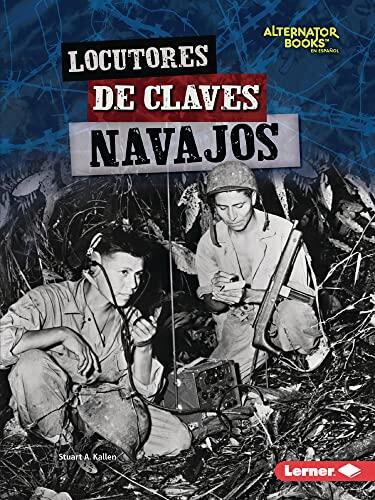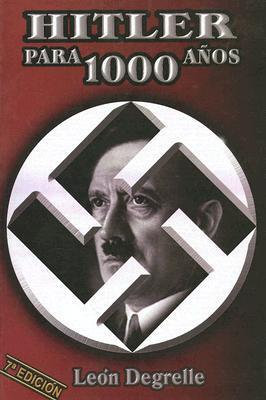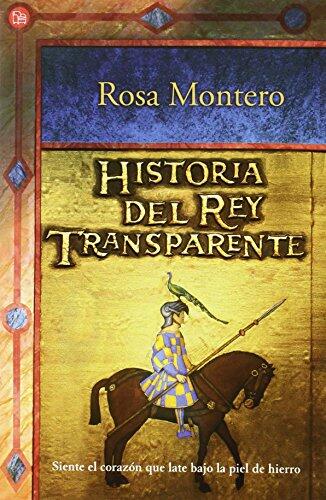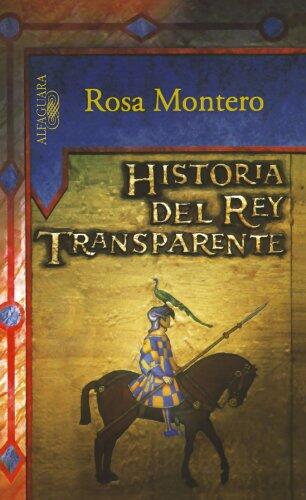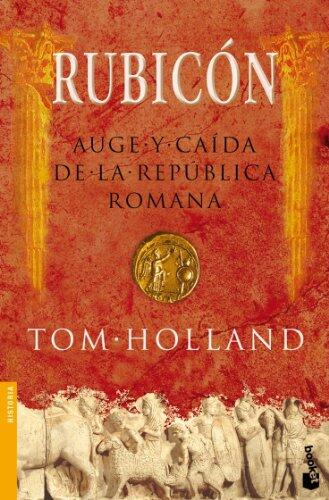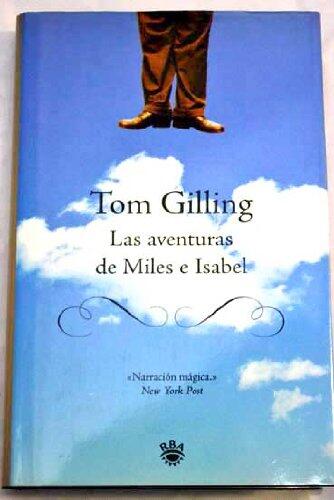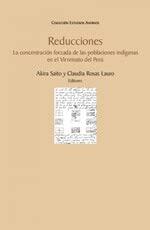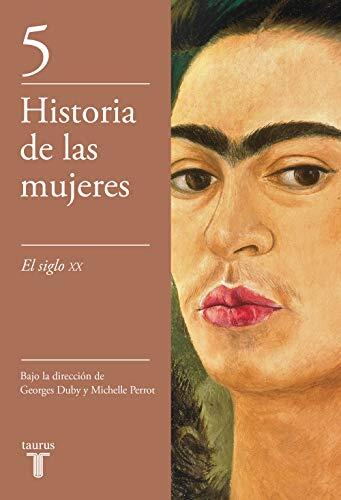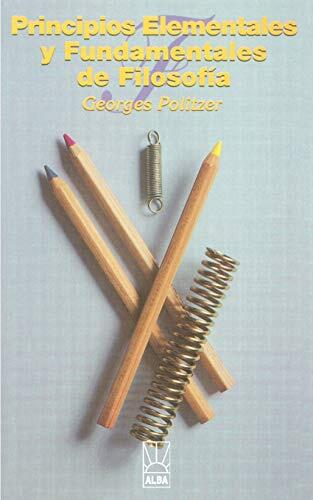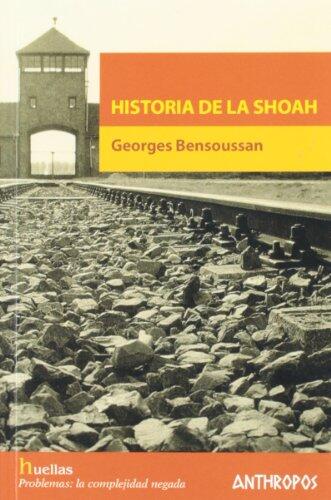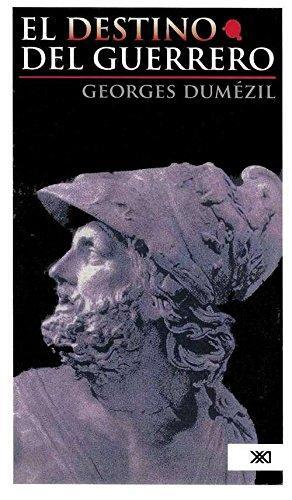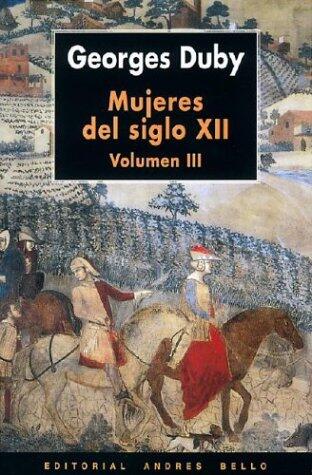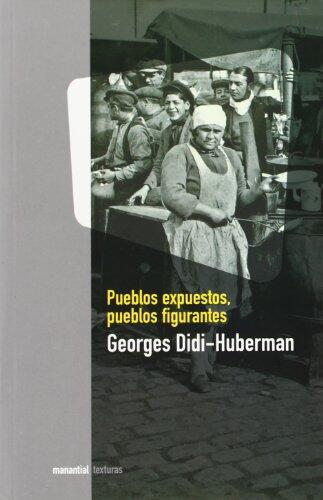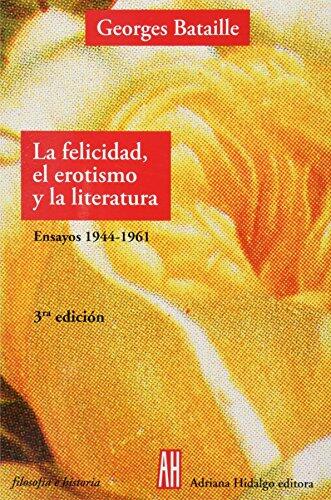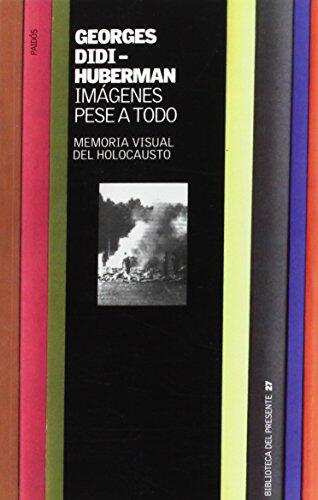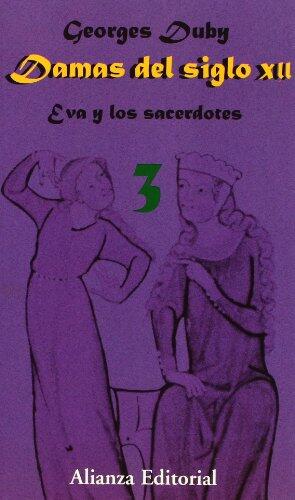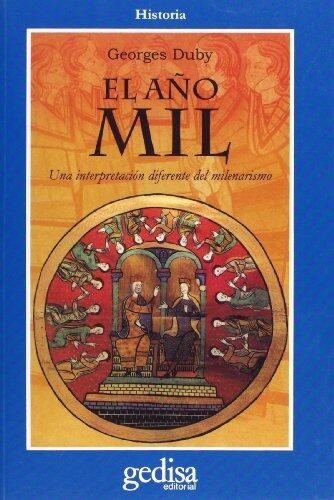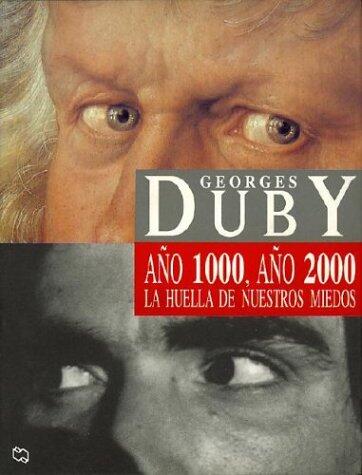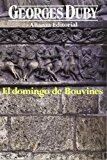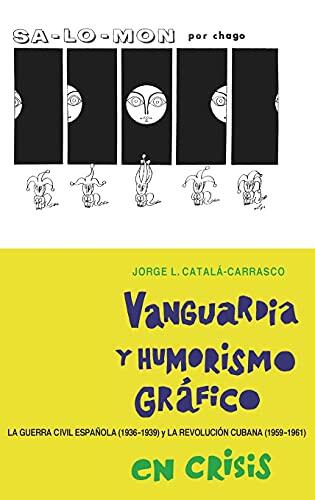
Vanguardia y humorismo gráfico en crisis: La Guerra Civil Española y la Revolución Cubana
によって
Dr Jorge L Catalá-Carrasco
まだ評価がありません
Action & Adventure
History
Humor
形式
ハードカバー
ページ数
329
言語
スペイン語
公開されました
Dec 17, 2015
出版社
Tamesis Books
ISBN-10
1855663023
ISBN-13
9781855663022
説明
Dr. Jorge L. Catalá-Carrasco delves into the dynamic interplay between graphic humor and political upheaval through the lens of two monumental events: the Spanish Civil War and the Cuban Revolution. Through a comprehensive analysis, he explores how artists utilized humor as a powerful tool of resistance and commentary during these tumultuous times. The book examines the creative output that emerged from the chaos, revealing the resilience of the human spirit in the face of adversity.
Catalá-Carrasco provides rich context, situating the art within the broader socio-political landscapes of the 1930s and 1960s. Readers are invited to witness how cartoonists and humorists navigated censorship and oppression, transforming their expressions into bold statements against tyranny. The author not only focuses on the artistic techniques but also on the social implications of such work, illustrating how humor became a vehicle for hope and critical thought.
Moreover, the book places significant emphasis on the cultural exchanges between Spain and Cuba, highlighting the ways in which these two histories resonate with each other. As he dissecting various graphic artworks, the author highlights the common threads of dissent and creativity that unite them, echoing the broader human experience of struggle for freedom.
By weaving together historical narrative and artistic critique, Catalá-Carrasco constructs a compelling portrait of resilience and innovation. His insights prompt readers to appreciate the vital role humor played in challenging oppressive regimes, making this work an essential contribution to the fields of art history, political science, and cultural studies.
Catalá-Carrasco provides rich context, situating the art within the broader socio-political landscapes of the 1930s and 1960s. Readers are invited to witness how cartoonists and humorists navigated censorship and oppression, transforming their expressions into bold statements against tyranny. The author not only focuses on the artistic techniques but also on the social implications of such work, illustrating how humor became a vehicle for hope and critical thought.
Moreover, the book places significant emphasis on the cultural exchanges between Spain and Cuba, highlighting the ways in which these two histories resonate with each other. As he dissecting various graphic artworks, the author highlights the common threads of dissent and creativity that unite them, echoing the broader human experience of struggle for freedom.
By weaving together historical narrative and artistic critique, Catalá-Carrasco constructs a compelling portrait of resilience and innovation. His insights prompt readers to appreciate the vital role humor played in challenging oppressive regimes, making this work an essential contribution to the fields of art history, political science, and cultural studies.
